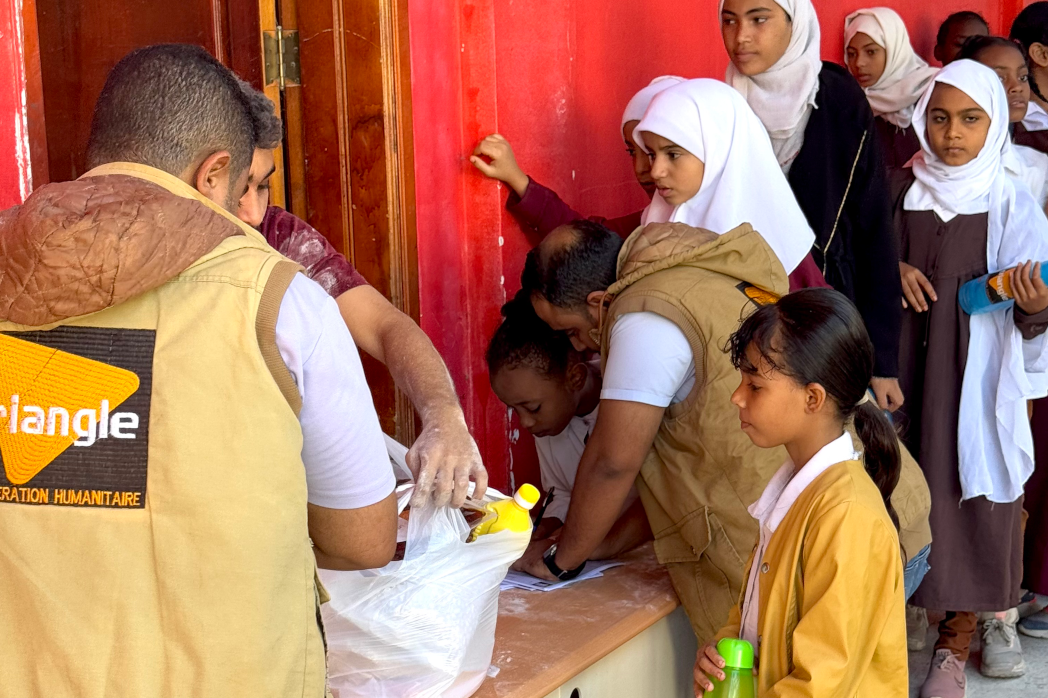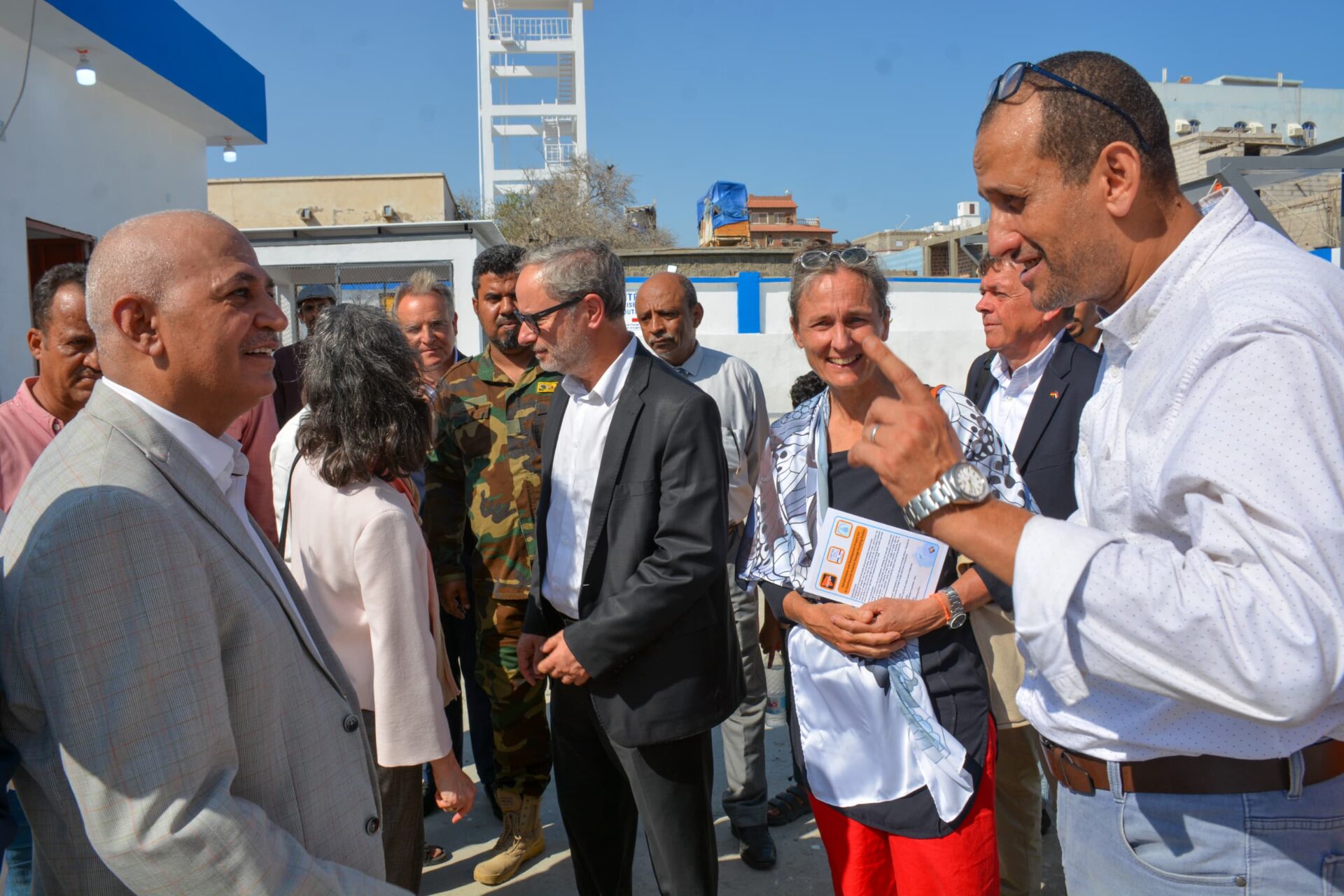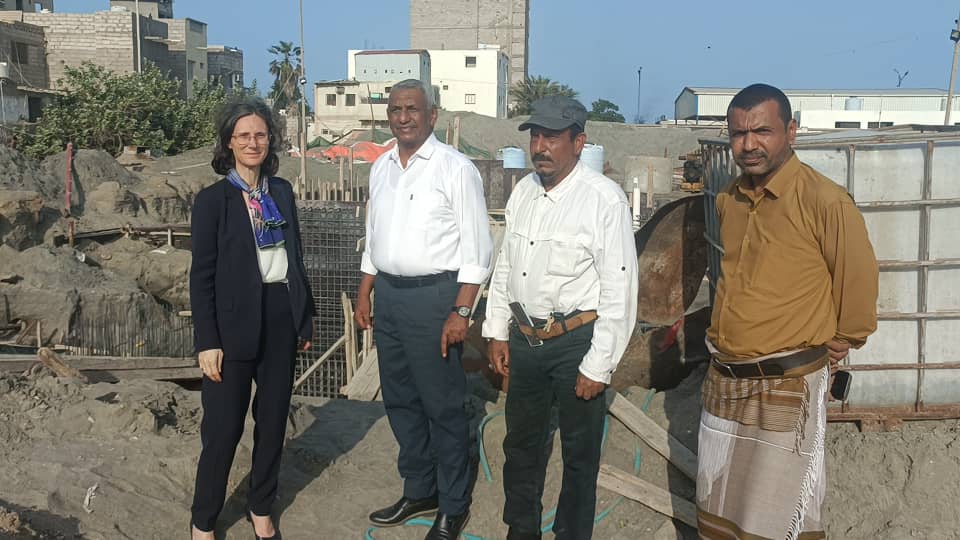Beneficiaries
1,228,136
Duration
01/05/22 > 31/05/23
Total budget
€700,000

Water, Sanitation & Hygiene
Funding


Programme details
This project aims to limit the humanitarian impact of the conflict and the economic crisis on vulnerable communities in the city of Aden, and to help contain the political and social tensions generated by restricted access to water, hygiene and sanitation.
The project directly targets 28,136 people, and will also benefit 1,200,000 people dependent on the Aden water network.
Indeed, TGH wishes to direct its intervention in Aden towards a response that promotes improvements over the longer term. TGH is maintaining its daily water supply by tanker truck to vulnerable communities in the districts of Tawahi, Al Maalla and Al Bureiqah, which have been affected by a supply disruption in recent months. The volumes distributed are adjusted according to the availability or otherwise of other sources of water, as observed during the previous project.
En parallèle, TGH mène un travail de développement et de renforcement du réseau de distribution d’eau dans les districts ciblés, et plus précisément dans les quartiers d’Al Sholah, d’Al Maidan, d’Al Sheikh Eshak et de Ras Amran, tous identifiés comme prioritaires compte tenu de l’absence de raccordement au réseau et du nombre de personnes déplacées internes qui s’y sont installées depuis le début du conflit. Enfin, l’action prévoit un travail en amont, sur le réseau d’adduction et sur les ouvrages qui l’alimentent via la réhabilitation de forages sur les sites de Bir Nasser, Bir Ahmed et Al Manasrah, sources principales du réseau d’eau d’Aden. Cette intervention permettra une augmentation de la productivité des champs de forages et ainsi de la disponibilité en eau, tant dans les quartiers spécifiquement ciblés par ailleurs que pour la ville d’Aden dans son ensemble.
At the same time, TGH is developing and reinforcing the water distribution network in the targeted districts, and more specifically in the neighbourhoods of Al Sholah, Al Maidan, Al Sheikh Eshak and Ras Amran, all of which have been identified as priorities given the lack of connection to the network and the number of internally displaced people who have settled there since the start of the conflict. Finally, the action includes upstream work on the water supply network and the structures that feed it, by rehabilitating boreholes at the Bir Nasser, Bir Ahmed and Al Manasrah sites, the main sources of Aden’s water network. This work will increase the productivity of the borehole fields and thus the availability of water, both in the neighbourhoods specifically targeted and for the city of Aden as a whole.


